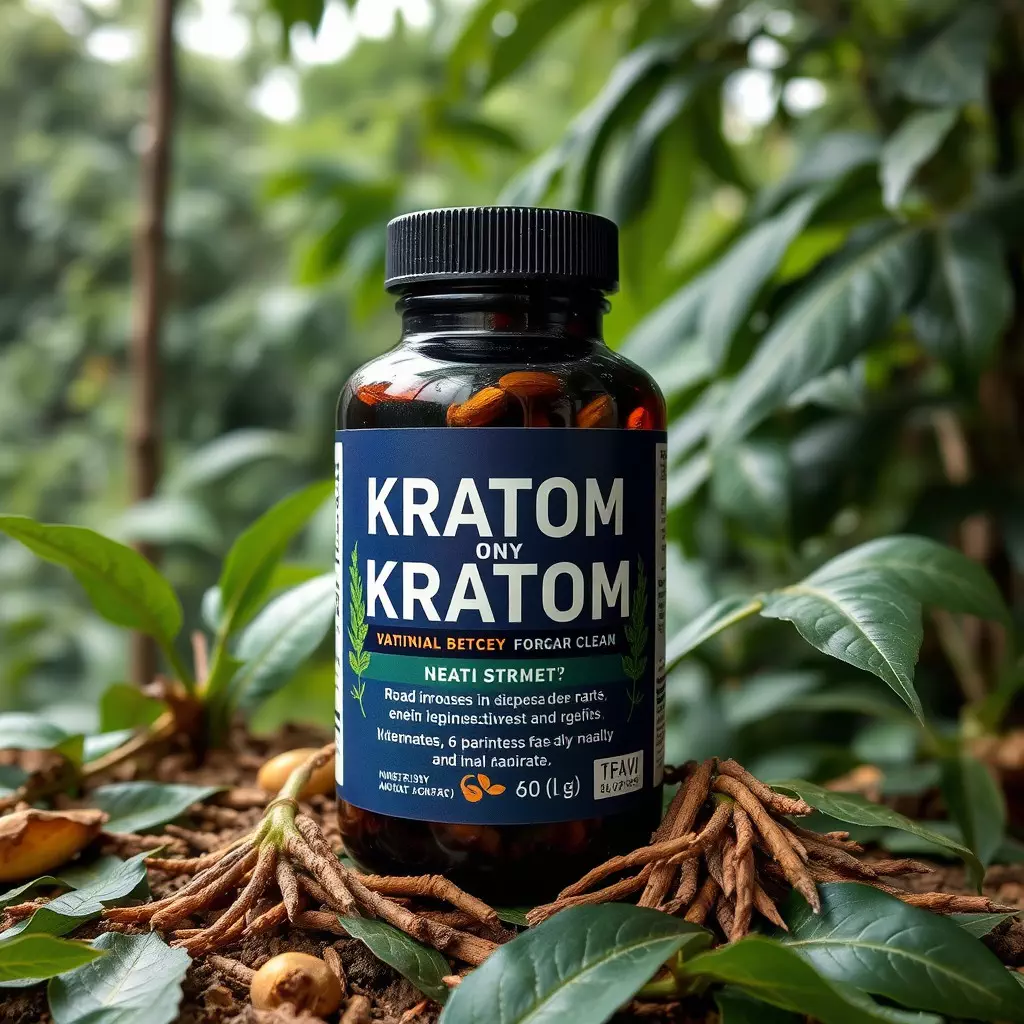Inflammation reduction with kratom, derived from Mitragyna speciosa, is a promising natural alternative for chronic pain management due to its anti-inflammatory properties and interaction with opioid receptors. Key compounds like mitragynine offer analgesic effects, providing relief for conditions such as arthritis, fibromyalgia, and muscle strains. Safe use involves tailored dosages, gradual increases, consulting healthcare professionals, and prioritizing quality through third-party lab testing. Strain-specific mitragynine content offers targeted relief for different pain types and inflammation.
Discover natural pain management with kratom supplements, a powerful herb gaining traction for its anti-inflammatory properties. This article delves into understanding inflammation and its impact on chronic pain, exploring how kratom can effectively reduce inflammation and offer natural relief. We’ll guide you through the role of kratom in managing pain, along with essential dosage and safety considerations to ensure optimal, effective kratom use.
- Understanding Inflammation and Its Impact on Pain
- The Role of Kratom in Reducing Inflammation and Natural Pain Management
- Navigating Dosage and Safety Considerations for Effective Kratom Use
Understanding Inflammation and Its Impact on Pain

Pain is a complex sensation, often stemming from inflammation, which is the body’s natural response to injury or disease. Understanding this process is key to managing pain effectively. Inflammation reduction has become a focal point in natural pain management, as it aims to soothe and heal rather than merely mask symptoms.
Kratom, a herb derived from the plant Mitragyna speciosa, has gained attention for its potential anti-inflammatory properties, offering a promising avenue for those seeking alternative solutions. By interacting with opioid receptors in the brain and body, kratom may help modulate pain signals and reduce inflammation, providing relief for chronic pain conditions.
The Role of Kratom in Reducing Inflammation and Natural Pain Management

Kratom, a natural herb derived from the Mitragyna speciosa plant, has gained significant attention for its potential in reducing inflammation and managing pain naturally. The compound is known to interact with opioid receptors in the brain and body, providing analgesic effects that can help alleviate chronic pain conditions without the adverse side effects often associated with traditional pharmaceuticals.
Beyond its pain-relieving properties, kratom’s anti-inflammatory capabilities are a key aspect of its therapeutic potential. It contains various alkaloids, such as mitragynine and 7-hydroxymitragynine, which have been studied for their role in inhibiting inflammatory pathways. By blocking certain enzymes involved in the production of pro-inflammatory chemicals, kratom may help reduce swelling and discomfort associated with conditions like arthritis, fibromyalgia, and muscle strains. This natural approach to inflammation reduction offers a promising alternative or adjunctive therapy for individuals seeking relief from chronic pain without relying heavily on prescription medications.
Navigating Dosage and Safety Considerations for Effective Kratom Use

Navigating the dosage and safety considerations for effective kratom use is crucial, especially when aiming to manage pain and reduce inflammation. Kratom supplements come in various forms, including capsules, powders, and extracts, each with its own unique properties and strengths. To achieve optimal results for inflammation reduction, individuals must understand their body’s response to kratom. Starting with a low dosage and gradually increasing allows for a more precise understanding of the plant’s effects. This method ensures that users can tailor their intake to manage pain effectively while minimising potential side effects.
Safety is paramount when incorporating kratom into your wellness routine. It’s essential to consult with a healthcare professional before starting, especially if you have pre-existing conditions or are taking other medications. The purity and quality of kratom supplements vary, so purchasing from reputable sources that provide third-party lab testing is vital. Additionally, being mindful of the specific strain and its unique mitragynine content can offer targeted relief for different types of pain and inflammation.
Kratom has emerged as a potent tool for natural pain management, offering significant potential in reducing inflammation. By understanding both the science behind its effects and practicing safe usage, individuals can harness the benefits of this herbal supplement for effective relief. Incorporating kratom into a holistic approach to wellness may provide an alternative path to managing chronic conditions marked by inflammation.






